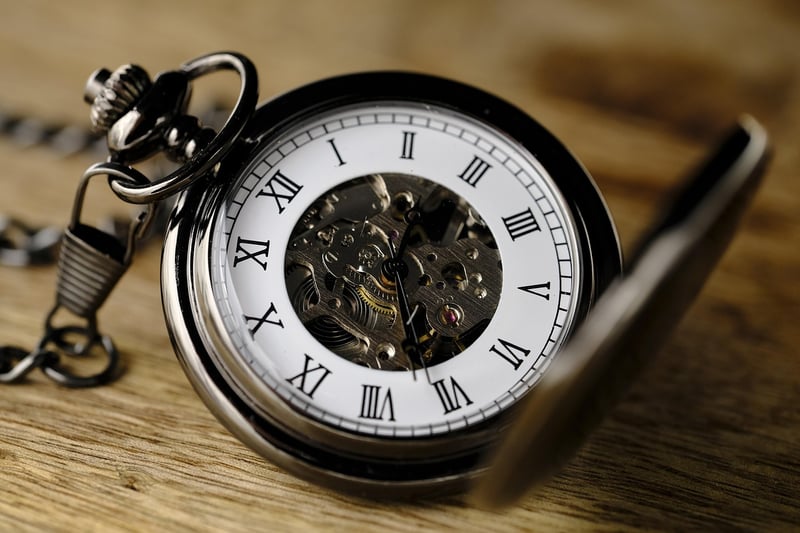Time Loops
The Fascinating World of Time Loops: Mechanics and Theories

Time loops, a popular concept in science fiction and a subject of intrigue for many, have captured the imagination of people for decades. The idea of being stuck in a repetitive cycle of time, where events recur endlessly, raises questions about the nature of time and reality itself.
Understanding Time Loops
A time loop refers to a phenomenon where a period of time repeats itself, often trapping characters in a never-ending sequence of events. This concept has been explored in various forms of media, from movies like "Groundhog Day" to TV shows like "Russian Doll."
Mechanics of Time Loops
While the mechanics of time loops vary depending on the story or theory, some common elements include:
- Repetition: Events or a specific period of time are repeated.
- Awareness: Characters may or may not retain memories of previous loops.
- Cause: The origin or reason behind the time loop may differ.
- Resolution: Breaking the loop often requires a specific action or realization.
Theories Behind Time Loops
Various theories attempt to explain the possibility of time loops, including:
- Quantum Physics: Concepts like closed timelike curves suggest loops in time could theoretically exist.
- Parallel Universes: Some theories propose that alternate universes could intersect, causing time loops.
- Temporal Causality: Events in the past affecting the future could create loops in time.
Conclusion
Whether viewed as a narrative device in fiction or a scientific puzzle, time loops continue to captivate audiences and researchers alike. The exploration of such concepts sparks curiosity about the nature of time, causality, and the boundaries of reality.
Next time you ponder the mysteries of time, consider the intricate mechanics and theories that surround the intriguing phenomenon of time loops.
